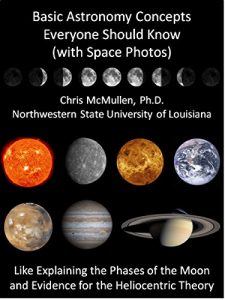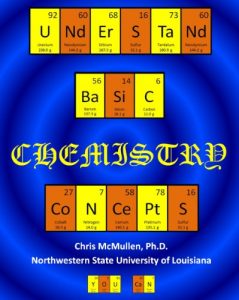Originally designed as a paperback book (ISBN 1442188219), it's now available as an e-book in print replica format. Use pinch-and-zoom for a better view.
This is book is a collection of creative physics problems, which includes a healthy dose of calculus-based problems. No examples or solutions are provided, as this volume of physics problems is intended to be used in conjunction with a textbook. Like textbook problems, answers to selected questions are provided. This can be useful for (i) teachers who are looking for engaging problems to assign or use as examples and (ii) diligent self-learners who are willing to work for the answer and possibly rework the problem a few times (which can be a rewarding strategy in the long run, but does not suit many of today’s students who want the information simply injected into their brains).
These imaginative problems are designed to: engage the interest of students in this difficult subject, add a little zest to abstract concepts like angular momentum, challenge students to apply the concepts to involved problems, and encourage students to develop and apply their calculus skills. This includes many instructive problems that force students to think through key concepts (like collisions where students calculate the lost mechanical energy), problems with conceptual questions (e.g. why a ball actually rolls farther up an incline in the presence of friction than it does sliding without friction), calculus-based problems (such as motion, center of mass, and moment of inertia),and review problems grouped by a theme (such as one about a chimp who stole physics à la the Grinch). Involved problems are included to build fluency in the major problem-solving strategies, like combining conservation of energy and momentum. Many problems are broken down into parts to help guide students along – that is, you can check your answer to part (a) before moving onto part (b).
This is book is a collection of creative physics problems, which includes a healthy dose of calculus-based problems. No examples or solutions are provided, as this volume of physics problems is intended to be used in conjunction with a textbook. Like textbook problems, answers to selected questions are provided. This can be useful for (i) teachers who are looking for engaging problems to assign or use as examples and (ii) diligent self-learners who are willing to work for the answer and possibly rework the problem a few times (which can be a rewarding strategy in the long run, but does not suit many of today’s students who want the information simply injected into their brains).
These imaginative problems are designed to: engage the interest of students in this difficult subject, add a little zest to abstract concepts like angular momentum, challenge students to apply the concepts to involved problems, and encourage students to develop and apply their calculus skills. This includes many instructive problems that force students to think through key concepts (like collisions where students calculate the lost mechanical energy), problems with conceptual questions (e.g. why a ball actually rolls farther up an incline in the presence of friction than it does sliding without friction), calculus-based problems (such as motion, center of mass, and moment of inertia),and review problems grouped by a theme (such as one about a chimp who stole physics à la the Grinch). Involved problems are included to build fluency in the major problem-solving strategies, like combining conservation of energy and momentum. Many problems are broken down into parts to help guide students along – that is, you can check your answer to part (a) before moving onto part (b).












